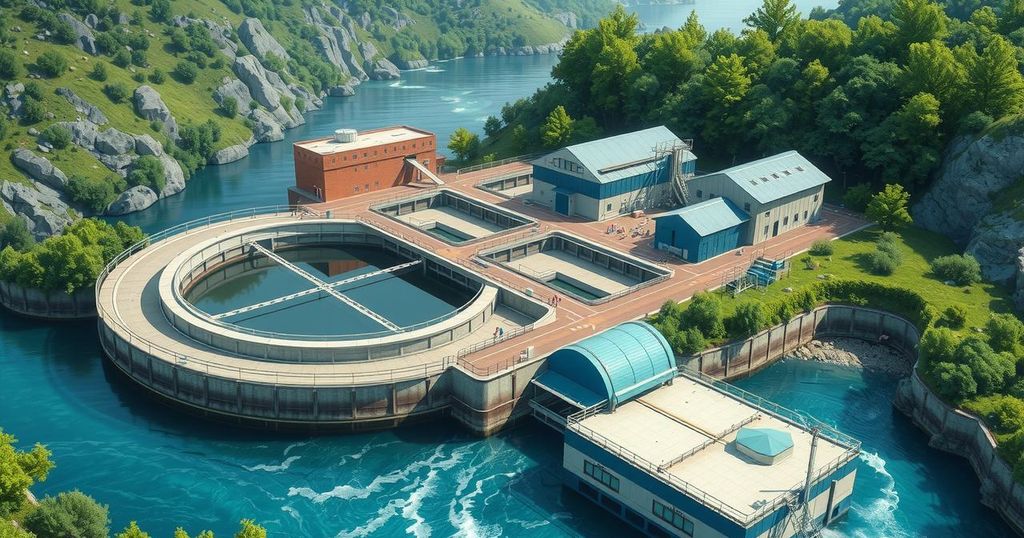Anacortes, Washington Enhances Water Treatment Plant Resilience Against Climate Change

Anacortes, Washington is revamping its water treatment facility to adapt to climate change, addressing vulnerabilities like flooding and saltwater intrusion. The city plans to increase the plant’s capacity while implementing protection strategies, all under a $56 million budget. The initiative highlights the importance of collaboration and adaptation in enhancing infrastructure resilience.
The city of Anacortes, Washington, has taken significant measures to enhance its water treatment plant, which serves 56,000 residents, in response to vulnerabilities arising from climate change. Recognizing the risk of flooding, officials decided to expand the plant’s capacity from 21.4 million gallons per day to 31.5 million gallons per day. Although relocating the facility out of the floodplain was deemed too costly, rebuilding on its current site allows for strategic adaptation to climate risks.
Collaboration with non-profit organizations enabled city officials to analyze climate science and assess the potential impacts on the facility’s location. They noted rising climate-related risks, including more frequent storms, saltwater intrusion, and increased sedimentation. Projections extending to 2080 have indicated an expanded 100-year floodplain and a significant spike in peak suspended sediment loads. There is also an anticipated upstream migration of the saltwater wedge due to rising sea levels.
To counteract heightened flooding risks, officials implemented several protective features in the new plant’s design. Key strategies included raising critical electrical equipment above the 100-year flood level, minimizing below-ground penetration, waterproofing below a specific elevation, and constructing ring dikes for enhanced flood protection. The site will be rehabilitated with an estimated budget of $56 million, positioning it to better meet both increased service demands and the future impacts of climate change.
The Environmental Protection Agency (EPA) has several tools to assist utilities in improving resilience. The Coastal Inundation Toolkit, for instance, helps assess facility vulnerabilities through potential sea level rise scenarios. Additionally, the EPA’s Creating Resilient Water Utilities Adaptation Strategies Guide provides low-cost adaptation strategies for utility planning. Furthermore, the Climate Resilience Evaluation and Awareness Tool (CREAT) aids in performing thorough vulnerability assessments, enabling utilities to identify gaps in information and guide future research.
For further insight into managing climate vulnerability, the experiences of other communities such as Manchester-by-the-Sea, Iowa City, and Washington D.C. are noteworthy. These cases illustrate various approaches, from analyzing sea level rise impacts to utilizing green infrastructure for stormwater management, thereby demonstrating the importance of adaptive strategies in the face of climate change.
The city of Anacortes is proactively addressing the challenges posed by climate change to its water treatment plant, which serves a large population in a flood-prone area. By employing targeted strategies and collaborating with experts, Anacortes is enhancing the plant’s resilience against future climate impacts while improving its capacity to meet community needs. The initiative serves as a model for other cities facing similar vulnerabilities.
Original Source: www.epa.gov






